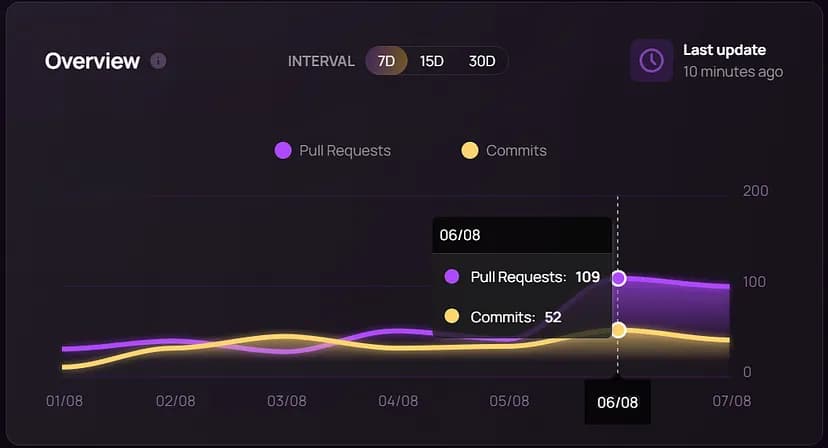What is a Pull Request?
Imagine you’re managing a team of chefs in a restaurant kitchen, and one of your chefs has just prepared a new dish. Before serving it to customers, the chef asks the team to taste it and give feedback. Is the seasoning right? Is the presentation appealing? Does it work well with the rest of the menu? Only after the team agrees that the dish meets the restaurant’s standards does it get added to the final menu.

In software development, this process is similar to what happens with a pull request. A developer finishes working on a part of the code and submits a pull request to the team for review before adding it to the main project. This ensures that every piece of code is carefully reviewed for quality, functionality, and any potential issues before it becomes part of the final product — just like making sure every dish is perfect before it’s served to customers.
How Does AITR Help with Pull Requests?
Now, imagine you have a smart assistant in the kitchen who not only tastes the dish but also analyzes it for flavor balance, nutrition, and how well it fits with the rest of the menu. This assistant gives suggestions to improve the dish, ensures there are no allergens that could cause problems, and even checks if the dish can be made faster or with better ingredients. That’s what AITR does for pull requests in software development.
Here’s how AITR helps with pull requests:
Security Flags: AITR automatically checks the code for any potential security risks. Think of it like your assistant checking if the new dish contains any hidden allergens or harmful ingredients that could cause issues for your customers. AITR catches these risks before they can cause harm.
Code Quality Insights: AITR provides helpful feedback on the code, suggesting ways to make it cleaner, more efficient, or easier to maintain. It’s like your assistant recommending a tweak in the recipe to make the dish taste better or be prepared more efficiently.
Performance Checks: AITR analyzes how the new code will affect the overall system. Will it slow things down? Will it introduce bugs? This is like your assistant telling you whether the new dish can be prepared quickly enough during peak hours or if it will cause delays in the kitchen.
Best Practices Suggestions: AITR is trained to recognize coding patterns and can recommend improvements based on best practices. It’s like your assistant reminding the chef to use a tried-and-true cooking method to make sure the dish comes out perfectly every time.
Automated Review: Instead of relying on team members to manually go through every line of code, AITR automates much of the review process, delivering immediate feedback. It’s like having your assistant do a quick, comprehensive review of every dish before it goes out, saving the team time and ensuring quality.
Why This Matters to You as a Manager
As a manager, you may not need to understand the technical details behind a pull request, but you do need to ensure that your team delivers high-quality results on time and with minimal risk. AITR helps your team do just that by automating the review process and offering intelligent feedback that boosts the overall quality of the code. It makes sure every change is carefully evaluated before it’s added to the final project, reducing the chances of errors, security issues, or delays down the road.
By incorporating AITR into your development process, you’re empowering your team to work faster and smarter, while maintaining high standards. You won’t need to worry about missing critical details because AITR ensures that everything is thoroughly checked and optimized. In the end, this leads to smoother project management, faster delivery of features, and a more reliable product — helping your business stay competitive and efficient.
